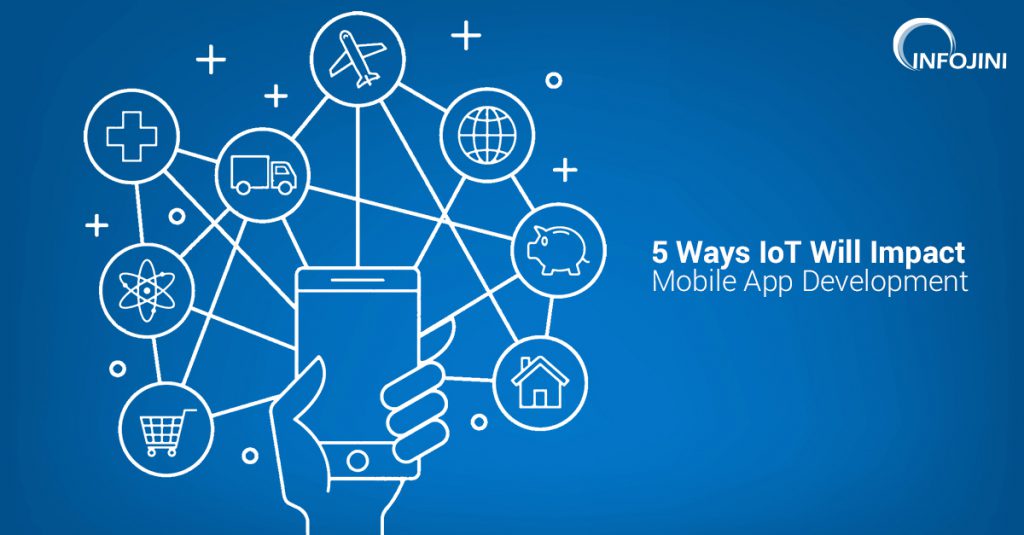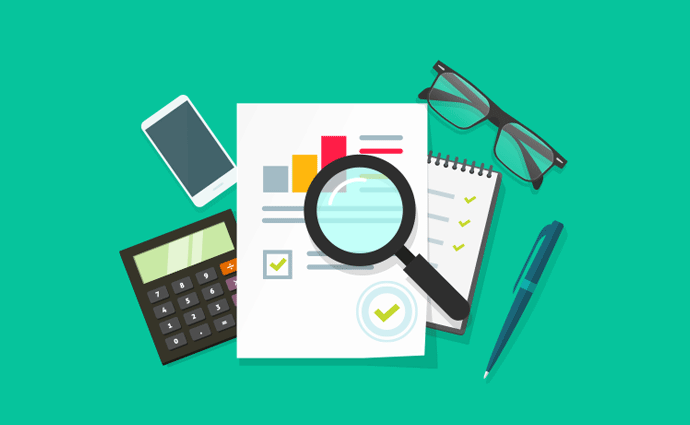Internet of Things, popularly known as IoT has taken the world by storm. With the easy inter connectivity of devices, you can now harness the combined power of multiple devices from a single access point. The impact of IoT extends to several fields of business in our day to day lives including retail industry, banking sector, IT industry, etc. While IoT is responsible for connecting one device to another, mobile apps are necessary to connect humans to these devices.
The use of mobile applications allows us to effectively interact with these interconnected devices in an intuitive manner. With the rise in the technological aspect of the IoT industry, the application industry has seen several major reforms.

Here, we shall have a look at how IoT is affecting the mobile app development process
1.Choice of a Home Device:
When we are talking about the interconnectivity of multiple devices using the IoT technology, we need to create an application for the home device to which all the other devices connect. The choice of the home device is a big task that you need to carry out in the very beginning of the application development process. In case your technology focuses on the portability factor more, you might want to keep the home device as a smartphone. However, in case your technology requires a massive amount of processing power, you might want to choose a desktop or a laptop as the home device.
2.Integrating Various Connectivity Options:
Interconnectivity of the devices on the IoT network requires a stable connection to operate in sync. The current technology allows us to connect these devices in several ways. We can use WiFi, cellular data, Bluetooth, NFC, etc. to connect these devices to the same network. You need to provide room for various connectivity options on your application while developing it. An ideal IoT device can operate on all the above-mentioned connectivity networks.
3.Exploring the Accessibility Options:
The accessibility for the application can differ from device to device. While some devices operate via a touchscreen module, some of them provide access via keyboard and mouse. The most advanced IoT devices provide an access via gesture control methods. Depending upon the devices that you aim to connect in the network, you might need to choose one or more of these accessibility options.
4. Discovering the Combined Functionality:
You need to discover combined functionality of multiple devices on a network while working with development of IoT. While developing a mobile application, you need to focus on how few devices may or may not work together in sync for producing the desired results. Only after correctly assessing the various features of the devices, you can work towards the development of a wholesome application.
5. Security and Testing:
The testing process for a mobile application for IoT devices needs to be done more rigorously to cover the loopholes that individual devices might contain. You cannot compromise with the security of an application when it is constantly interacting with the user’s personal social media accounts.
Mobile app development is undergoing a constant change as IoT technology is still evolving. The above aspects work as determining factors for the flow and process of IoT development.
